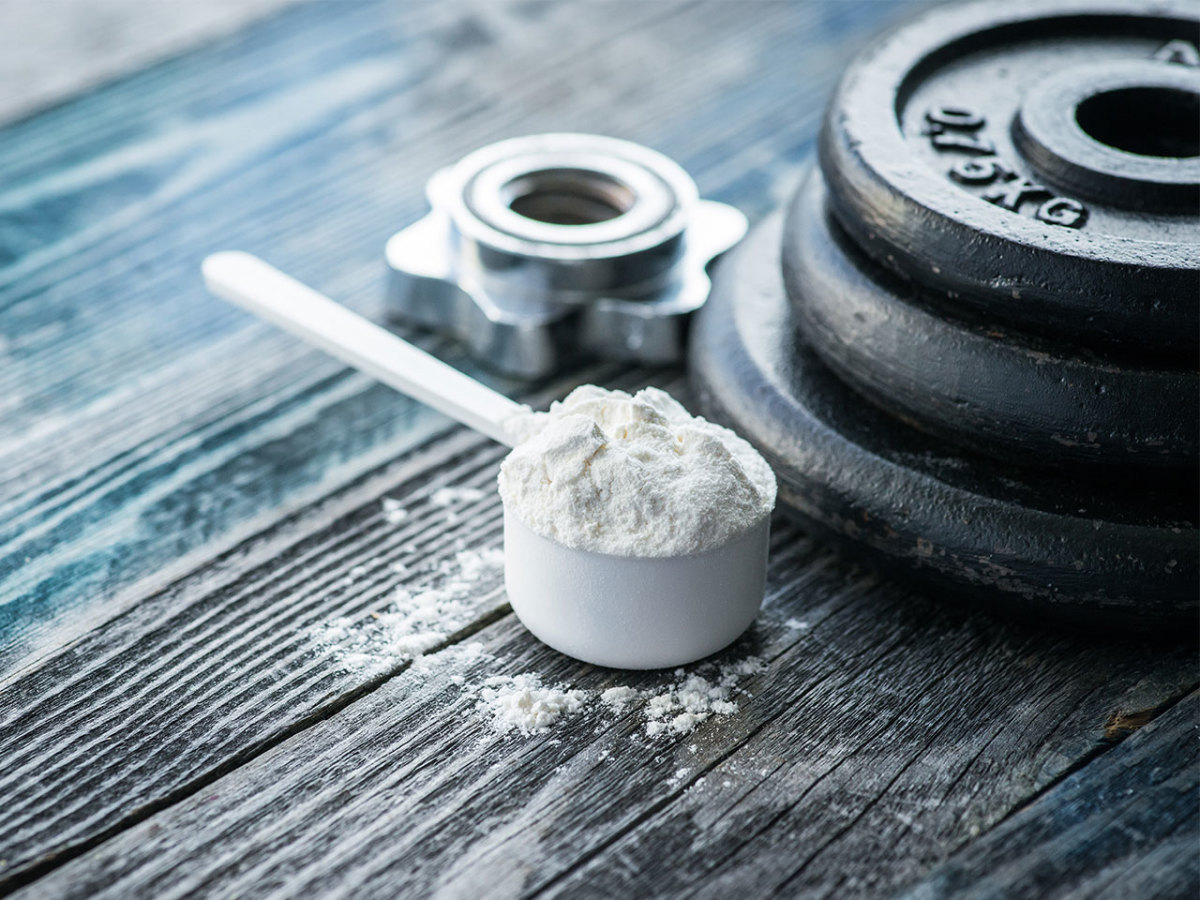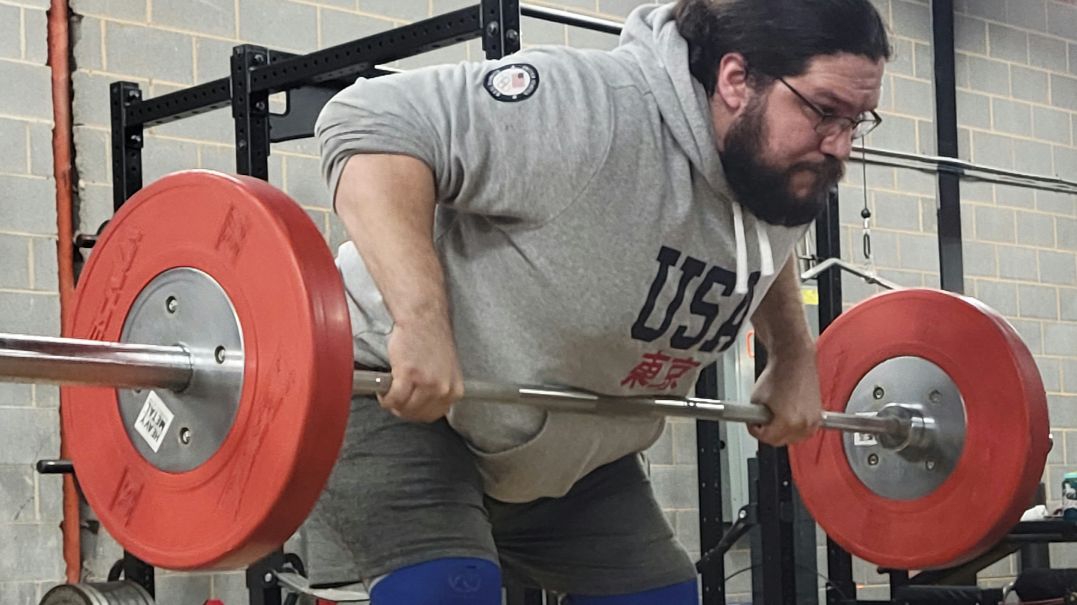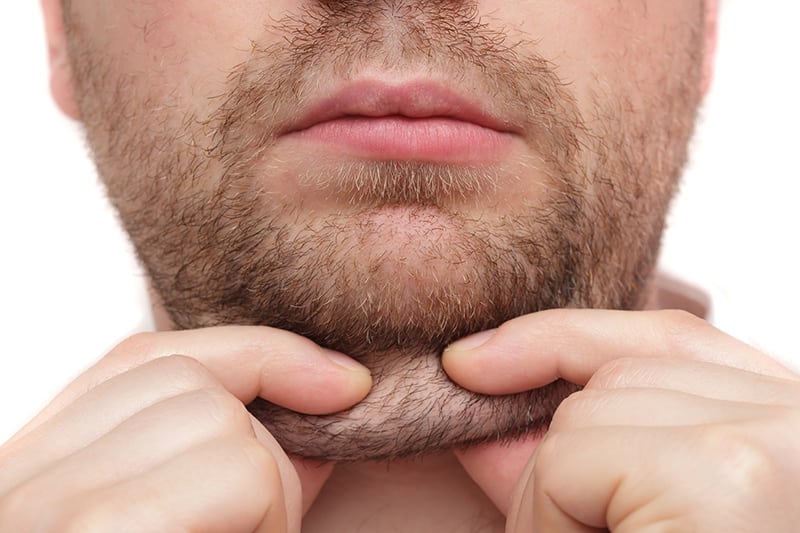In females, the effects of one month of creatine supplementation can include increased muscle strength, improved endurance, and enhanced physical performance. Some women may also experience an initial weight gain due to water retention in the muscles, resulting in a fuller appearance.
Furthermore, it can aid in muscle recovery, potentially reducing post-workout soreness, and may contribute to lean muscle gain when combined with strength training. However, individual results may vary, and it’s essential to consult with a healthcare professional or nutritionist before incorporating creatine into your diet and exercise routine to ensure it aligns with your specific health and fitness goals.
What is creatine? Where does it originate?
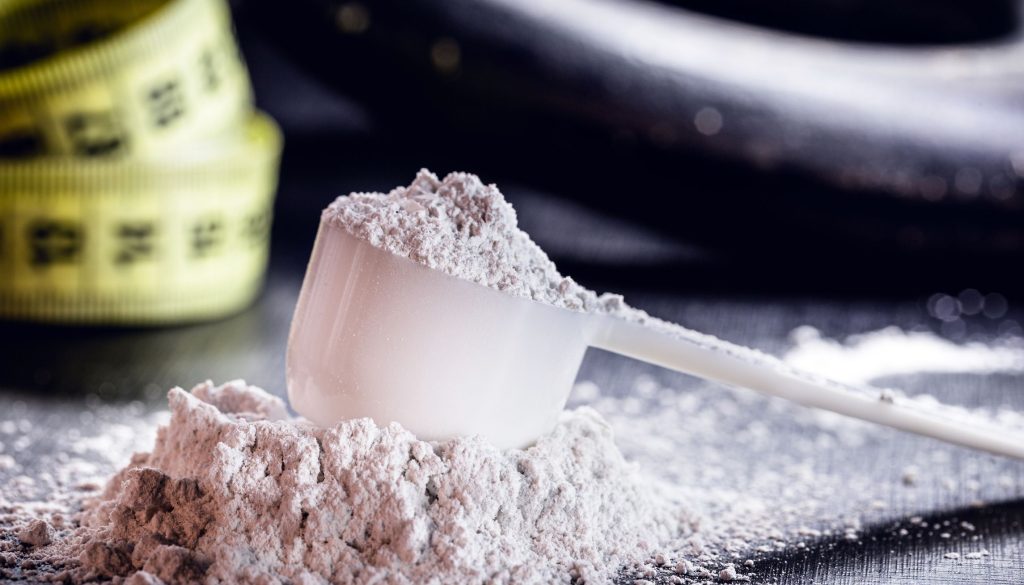
Creatine is a natural compound that plays a crucial role in the body’s energy production system. It’s primarily found in small amounts in certain foods, like red meat and fish, and is also synthesized by the body, mainly in the liver, kidneys, and pancreas.
Moreover, it is stored in the muscles and serves as a rapid source of energy during short bursts of high-intensity activities, such as weightlifting, sprinting, and jumping. It helps replenish a molecule called adenosine triphosphate (ATP), which is the primary energy currency of cells. When you engage in activities that demand quick bursts of energy, your muscles rely on creatine to help produce ATP more rapidly.
In addition, many athletes and bodybuilders use creatine supplements to enhance their creatine levels in the muscles, potentially improving performance during high-intensity, short-duration activities. It’s one of the most researched and widely used supplements for boosting exercise performance and muscle growth. However, its effects can vary from person to person, and it may not be equally beneficial for all types of physical activities.
How does creatine work?
Creatine works by helping your muscles produce and maintain energy during short bursts of intense activity, like lifting weights or sprinting.
Here’s how it works in simple terms: When your muscles contract, they need energy, which is stored in a molecule called ATP. But there’s only a limited supply of ATP in your muscles. If you use it all up, your muscles get tired quickly.
Creatine steps in to help. It combines with a phosphate molecule to create a compound called phosphocreatine (PCr). PCr plays a crucial role in providing extra energy during intense muscle contractions. It does this by helping to regenerate ATP, the energy currency of your muscles.
So, when you’re lifting a heavy weight or sprinting, your muscles can keep contracting because PCr donates a phosphate molecule to ATP to make more energy. This process allows you to work harder and longer without getting tired too quickly.
Finally, once your PCr is used up during intense exercise, it can be rapidly replenished during recovery, typically within a few minutes. This means you can take a short break between sets of heavy lifting and then perform your next set successfully.
Creatine’s Impact on Women: Benefits and Variability
Creatine can also benefit women, but the effects may vary. Studies have shown that women can experience increased muscle strength when they take creatine over a more extended period. However, short-term use of creatine (less than 28 days) may not have significant benefits for activities like sprinting or high-intensity interval training.
In one study, physically active but untrained women took creatine during a 10-week resistance training program. They did strength exercises three times a week. The women who took creatine had a 20-25 percent greater increase in strength compared to those who didn’t take it.
Furthermore, another study involved NCAA Division I female lacrosse players who took creatine during their preseason conditioning program. The women who took creatine showed a significant increase in their maximum bench press strength compared to those who took a placebo.
In a 13-week study with female NCAA Division I soccer players, those who took creatine had greater gains in bench press and squat strength compared to those who took a placebo.
Also, A study in 2014 examined the effects of 28 days of creatine supplementation in college-aged women. It found that most women, even in the placebo group, had positive changes in body composition, such as reduced body fat and increased muscle mass. The creatine group showed a slight benefit in aerobic capacity, but no significant improvements in sprint exercise performance.
It’s important to note that not everyone responds the same way to creatine, and individual differences can influence its effects. Additionally, some studies had limitations in sample size and duration, which may have affected the results.
Does Creatine Work for All Women?
No, The effectiveness of creatine varies from person to person. Some women benefit from creatine supplementation (responders), while others may not (non-responders). The lack of noticeable effects in some studies could be because certain women don’t respond to creatine’s impact on muscle strength, power, or aerobic capacity.
This non-responder phenomenon might be related to individual differences in muscle fiber types and their size. Women who have more fast-twitch muscle fibers (strength muscle fibers) and larger initial muscle fiber size can increase their muscle creatine levels more after taking creatine compared to those with fewer fast-twitch fibers or smaller muscle fiber size.
Biological sex can also play a role. Women typically have smaller muscle fiber areas for both fast-twitch and slow-twitch fibers, especially if they engage in more aerobic activities than strength training. Additionally, women might naturally have a slightly higher muscle creatine content than men, which means they might need to consume more creatine to see an increase above their natural levels (more than 3 to 5 grams per day).
For example, in a study in 2006, trained women did not experience significant benefits from creatine supplementation. They were split into two groups, with one group taking creatine at a relatively high dose for the first seven days and then a lower dose. Both groups trained four days a week and aimed to increase the weight they lifted.
After 10 weeks, all women improved their strength, but there were no significant differences between those who took it and those who took a placebo. This suggests that creatine had no noticeable effect on strength or performance in these trained women, possibly due to the non-responder effect or the relatively low dosage of creatine.
How much creatine do I need to take?
| Body Weight | Loading Phase (5-7 days) | Maintenance Phase |
| In Pounds | In Grams | In Grams |
| 100 lbs | 14 grams (0.3 g/kg) | 3 grams (0.1 g/kg) |
| 150 lbs | 21 grams (0.3 g/kg) | 4.5 grams (0.1 g/kg) |
| 200 lbs | 28 grams (0.3 g/kg) | 6 grams (0.1 g/kg) |
For the loading phase, take the specified amount daily for 5-7 days to saturate your muscles quickly. Then, switch to the maintenance phase, where you can take the indicated amount daily to keep your creatine levels up.
Remember that the general recommendation is 3 to 5 grams per day, and there’s no need for a loading phase unless you want faster results. Adjusting the dose based on your body weight can provide a more precise guideline. If you don’t see the desired results, you can consider increasing your intake and reevaluating after a few weeks.
What is the rationale for this dosing strategy
| Key Points | Explanation |
| Researchers discovered creatine loading | Over a decade ago, scientists found that a 5-gram dose of creatine significantly raised blood creatine levels. |
| Creatine loading strategy | To maintain elevated creatine levels throughout the day, a regimen of taking 5 grams every two hours for eight hours was established. This protocol was continued for at least two days, leading to substantial increases in total muscle creatine content (measured through muscle biopsies). |
| Confirmation of its effectiveness | Subsequent studies have confirmed that this dosing strategy is effective at increasing muscle creatine stores. However, it’s not always necessary to maintain this high dosage or for an extended period. Most of the creatine uptake occurs in the first two days, and muscle typically becomes saturated with creatine in less than seven days at around 20-25 grams per day. |
| Dietary sources of creatine | While you can get creatine from foods like beef, salmon, herring, or pork, you would need to consume a significant amount, about 1 kilogram (2.2 pounds) of meat or fish per day to get the recommended 5 grams of creatine. Therefore, creatine monohydrate supplements are a more practical way to achieve the recommended dosage. |
What type of creatine should women take?
For women considering creatine, the most recommended and well-studied option is creatine monohydrate. It’s the most popular and extensively researched form of creatine available.
Although there are other types of creatine, like creatine ethyl ester (CEE), they haven’t shown significant advantages over creatine monohydrate in terms of muscle creatine content, body composition, strength, or power. Moreover, it has a long history of safety and research, which cannot be said for other creatine forms.
You may also find micronized creatine monohydrate, which is easier to mix in water and won’t leave lumps if that’s a quality you prefer. Stick with the trusted creatine monohydrate for the best results.
Creatine Before and After Side Effects
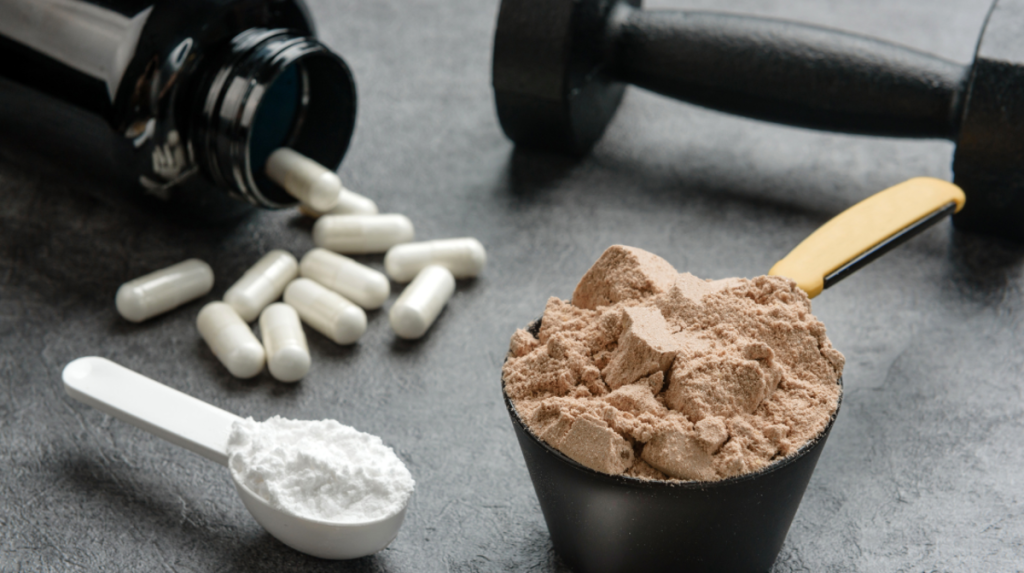
- Initial Weight Gain:
- Stomach Discomfort:
- Higher Creatinine Levels in Blood and Urine:
- When starting creatine, many people experience water retention and a slight increase in body weight. This happens because creatine draws water into muscle cells, making your muscles look and feel fuller.
- During the loading protocol, you might see a weight gain of 1-3 pounds within the first 7 days.
- With the non-loading protocol, the weight increase is gradual, taking 2-3 weeks until muscles are fully saturated.
- Some individuals may experience stomach discomfort, mainly during the saturation phase.
- To minimize this, consider splitting your creatine dose into smaller portions throughout the day, especially if you’re using the loading protocol.
- Avoid taking creatine on an empty stomach or with caffeine, as these situations can increase the likelihood of an upset stomach.
- Ensuring that it fully dissolves in water may help alleviate discomfort, so try mixing it with hot water.
- Creatinine is a byproduct of creatine, and taking creatine can lead to slightly higher creatinine levels in urine.
- Elevated creatinine levels may appear alarming on a blood test as they can be associated with kidney function issues.
- However, it is generally considered safe for healthy individuals, and healthcare professionals are typically aware of its impact on levels.
- Always consult with your healthcare provider and follow their guidance when interpreting blood test results.
FAQ’s
Should I take creatine?
Yes, Adequate creatine supplementation for durations longer than one month seems to have a beneficial effect on strength, body composition, and exercise performance in women. Consider it as part of your supplement strategy, but consult with a healthcare professional for personalized advice.
Is it safe to take creatine while pregnant?
Yes, While limited research suggests that creatine may have potential benefits during pregnancy, it’s crucial to consult with a doctor before using creatine. Studies in pregnant rats indicate positive effects on brain development, but human research is needed to confirm these findings.
How Long Does It Take For Creatine To Show Results?
Creatine typically takes about 28 days to demonstrate noticeable results when taken at a daily dose of 5 grams. Peak muscle saturation, around 160 mmol/kg of dry muscle mass, is achieved in approximately four weeks. Higher initial doses, such as 20 grams per day, can yield results in about a week.
Can I become a creatine responder?
Yes, To increase your chances of being a creatine responder, ensure you take an adequate amount, such as at least 0.1 grams per kg of body weight per day. Loading with 0.3 g/kg/day for the first week may accelerate results. Be consistent with your intake for at least two months and consume creatine with quick-digesting simple carbohydrates for optimal absorption.
Will creatine make me bloated or gain weight?
Yes, While some initial water retention may occur when using creatine, it tends to affect men more than women. Weight gain with creatine is similar to gaining muscle weight through weightlifting. Any initial bloating usually diminishes over time, and it’s essential to give your body time to adapt and see the full results.
Final Words
To sum up, the effects of one month of creatine supplementation in females can lead to noticeable improvements in physical performance. These may include increased muscle strength, enhanced endurance, and better workout outcomes. While an initial weight gain, attributed to temporary water retention, is common, it contributes to a fuller muscular appearance.
In addition, it can also aid in quicker muscle recovery and may support the development of lean muscle mass, especially when combined with regular strength training. Individual responses may vary, so consulting with a healthcare professional or nutritionist before integrating creatine into a fitness regimen is recommended to align the supplementation with specific health and fitness goals.
Overall, creatine can be a valuable addition for women seeking to enhance their exercise performance and achieve their fitness objectives.







